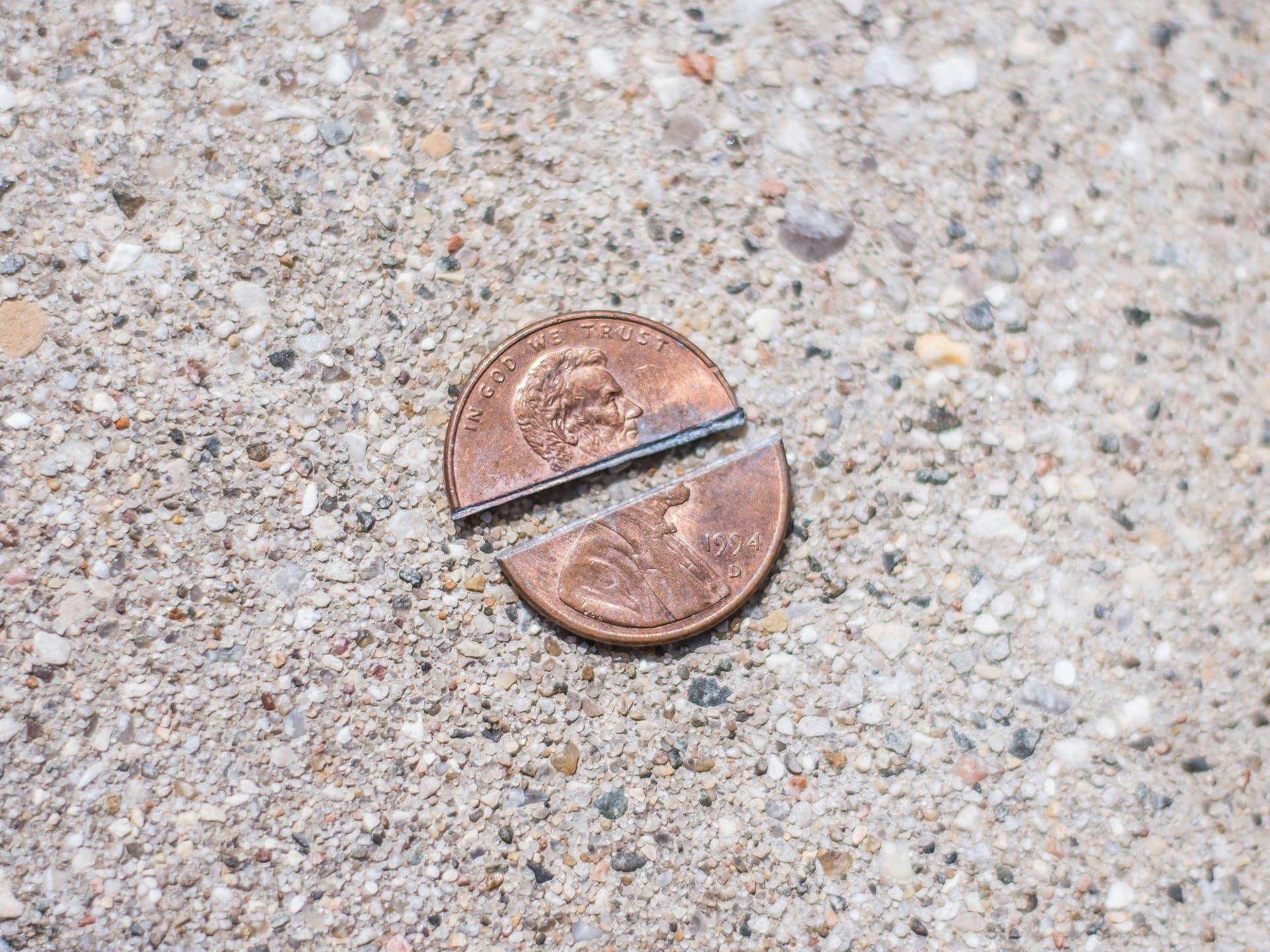Why the Penny’s End Matters: Unpacking the US Treasury’s Big Change
Discover why the US Treasury is phasing out the penny, how this shift saves $56 million annually, and what it means for everyday spending and cashless trends in America.

Key Takeaways
- US Treasury will stop minting pennies after final blank order
- Each penny costs nearly four cents to produce, wasting resources
- Phasing out pennies saves the US $56 million annually
- Pennies remain legal tender despite production halt
- Price rounding to nearest nickel may become common
- Cash payments are under 20%, easing transition away from pennies

For over two centuries, the humble penny jingled in American pockets, a symbol of everyday transactions and historical legacy. But the US Treasury is calling time on this small coin, confirming it will stop minting pennies after using up its last batch of blanks. This decision, championed by President Donald Trump who labeled the penny "so wasteful," aims to save the government $56 million a year by cutting production costs that nearly quadruple the coin’s face value. While pennies will remain legal tender, their fading use and the rise of cashless payments signal a new era in American currency. This article unpacks the reasons behind the penny’s demise, explores the financial impact, and considers what this means for consumers and businesses alike.
Understanding Penny Production Costs
Imagine paying four times the price for a candy bar—that’s what the US government does with pennies. Each penny costs nearly 3.69 cents to produce, a figure that has climbed steadily over the past decade from just 1.3 cents. This means the Treasury spends more on making pennies than their actual value, a financial drain that adds up to $56 million wasted annually. President Trump called this "so wasteful" and ordered the Treasury to stop minting new pennies once the current stock of blanks runs out. This isn’t just penny-pinching; it’s a strategic move to cut unnecessary expenses in a world where digital payments are booming. The penny’s metal—zinc with a copper coating—adds to the cost, and with 114 billion pennies weighing 285,000 tonnes in circulation, the scale of this inefficiency is staggering.
Exploring the Penny’s Historical Role
The penny isn’t just loose change; it’s a piece of American history. Minted since 1793, it was one of the first coins produced by the US Mint, symbolizing the nation’s early economy. Abraham Lincoln’s face has graced the penny since 1909, marking the centennial of his birth and connecting the coin to the common folk, as poet Carl Sandberg noted. Yet, despite its storied past, the penny’s practical use has dwindled. Most pennies don’t jingle in cash registers but instead gather dust in jars or pockets. While it once helped keep prices low and supported charity drives, today’s economy and payment habits have outpaced the penny’s usefulness. The decision to end its production reflects a shift from nostalgia to practicality.
Navigating Price Rounding and Consumer Impact
With pennies out of the picture, prices will need a new home—likely rounded to the nearest nickel. This change might sound trivial, but it’s a subtle shift in everyday transactions. Businesses will adjust prices up or down, a practice already familiar in countries like Canada, New Zealand, and Australia, which have ditched their one-cent coins. The good news? The growing popularity of digital payments softens the blow. According to the Federal Reserve Bank of Boston, fewer than 20% of payments are made with cash, meaning most transactions won’t even notice the penny’s absence. Still, some worry about price inflation or rounding up, but experts suggest that rounding evens out over time, balancing out any minor gains or losses for consumers.
Comparing Penny and Nickel Production Costs
If pennies are costly, nickels aren’t exactly cheap either. Producing a five-cent coin costs about 14 cents, more than double the nickel’s face value. This raises questions about the efficiency of small coins in general. However, Treasury Secretary Scott Bessent told lawmakers the administration aims to break even on nickel production by changing the coin’s composition. Unlike pennies, dimes remain profitable to mint, offering a silver lining in coin production. Some lawmakers, like Rep. John Rose, suggest that phasing out pennies might increase demand for nickels, but the government is aware of the cost implications and is working on solutions. This highlights the broader challenge of balancing tradition, cost, and practicality in currency design.
Embracing a Cashless Future
The penny’s farewell coincides with a larger trend: America’s move toward cashless payments. With fewer than one in five transactions made with cash, the penny’s role in daily commerce is shrinking fast. This shift reduces the friction of rounding prices and makes the penny’s disappearance less disruptive. While some cherish the tactile feel of coins, the reality is that digital wallets and cards dominate. The Treasury’s decision reflects this evolution, acknowledging that the future of money is less about metal and more about convenience. For consumers, this means lighter wallets and fewer coins jingling in jars—just a smoother, more efficient way to pay.
Long Story Short
The penny’s phase-out marks a practical shift in how America handles its smallest currency. Saving $56 million annually isn’t just a number—it’s a sign that clinging to tradition can sometimes cost more than it’s worth. While some lament the loss of a coin that’s been around since 1793, the reality is that pennies rarely change hands, often gathering dust in jars or forgotten pockets. The move nudges businesses toward rounding prices to the nearest nickel, a minor adjustment eased by the fact that fewer than one in five payments are made with cash today. As the US Treasury embraces efficiency, consumers can expect a smoother, less cluttered wallet. The penny’s end is not just about saving cents—it’s about streamlining a currency system for the 21st century.